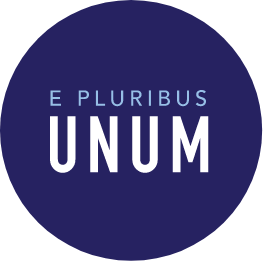Policy Summary
Baby bonds are an investment vehicle that provides a trust account for every child in a community at birth. The models typically feature some form of government sponsorship (as a partial or sole investor). These accounts would accrue value by virtue of market investments and be redeemable at a later date (e.g., upon graduation) for financing such things as higher education and home purchases. Models typically feature a means-tested application with more generous funding provided for lower-income families. Family members, community organizations, or others can supplement the investment accounts over the course of the child’s life.
Case for Equity
There are 12 million children living in poverty in America. Of that number, 3.6 million are White (10% of all White children), 3 million are Black (31%of all Black children), and 4.3 million are Latino (23% of all Latino children) (Pew Research 2020). The effects of poverty on child development and their future trajectory are far-reaching. For example, children living in poverty are less likely to complete high school, have more negative employment outcomes, and have higher criminal justice involvement (American Psychological Association 2009).
Baby bonds would target these outcomes through the creation of an assets-based program that expands access opportunity in America by improving early childhood outcomes, K-12 school performance, post-secondary educational attainment, and future earnings potential. The universal nature of the initiative is available to all children, but directing the program to those with limited income aligning it with the principle of targeted universalism. Baby bonds aim to ensure a baseline starting point for all children in America, regardless of their family situation or neighborhood and thus improve the economic mobility prospects for everyone.
Return on Investment

With the combination of positive public revenue impacts, beneficial family and individual outcomes, as well as positive social benefits, the Return on Investment for this policy is rated as HIGH.
Research Base

The research base is rated as being MEDIUM for this policy. A complete list of the research literature can be found in the Appendix.
State & Local Ease of Implementation

MAJOR POLICY IMPLEMENTATION STEPS
1. Deciding on a model and administration authority
2. Craft legislation and enabling instruments
3. Secure funding stream
This Policy is rated as having a MODERATE level of difficulty to implement
| Models | Critical Stakeholders/Who Made it Happen | Other Agencies | Legislation & Other Mechanisms |
|---|---|---|---|
| Oklahoma Kids (SEED OK) | SEED OK was implemented by the Oklahoma Treasurer’s Office, in conjunction with the Center for Social Development (CSD) at Washington University in St. Louis and RTI International. | State of Oklahoma Department of Health, and the Oklahoma College Savings Plan | The private experiment aimed to inform universal, progressive asset-building policy with potential for national application. The initiative uses the Oklahoma 529 program as a vehicle for action. |
| Promise Indiana | The concept was formulated through a grassroots public-private partnership between Wabash County YMCA and Wabash City school leaders; now operates using a public-private model throughout the state. | The State of Indiana & Indiana Education Saving Authority | The initiative is community-driven via local MOUs between schools, colleges, philanthropies, and employers via arrangements, and state-supported via the Indiana 529 saving program. |
| Save for College Program (NYC) |
NYC Kids RISE partnered with the City of New York to implement this program. | NYC Department of Education | Public-private partnership between the City of New York and the Gray Foundation |
| Prosperity Kids of Albuquerque (New Mexico) |
Grant funding from the Kellogg Foundation & funding from the City of Albuquerque sustains this program. | Receives additional funding from Partnership for Community Action, and other partners; collaborates with financial institutions across the state. | Driven by the non-profit sector & supported by the city government and philanthropic community. |
